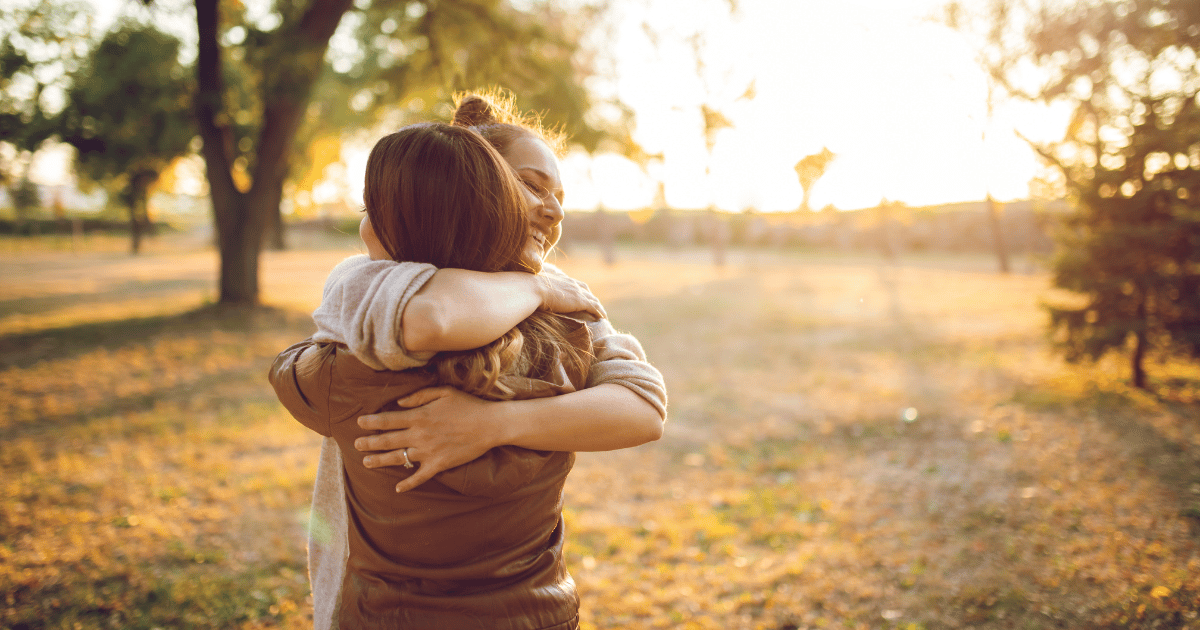Several years ago, my wife and I crossed paths with someone who was curious about LifeApp—not just the events, but the deeper question underneath them all: Could love actually show up in everyday life?
Not just in poetry or Instagram captions, but in real-life interactions, conversations, and community. The kind that doesn't require you to agree to belong.
They kept showing up. Not for a program or an event, but for something quieter, more human. What they found wasn't a performance. It was presence. Not grand gestures, but the ordinary rituals of connection: sharing meals, asking real questions, listening without jumping in to fix, and offering kindness with no strings attached.
At the center of it all wasn't a strategy or a slogan. It was a rhythm. A human one—to know and be known, love and be loved, serve and be served, celebrate and be celebrated.
So it surprised me when they began to pull back. Not rudely—just gently. Like someone who doesn't quite believe that love could come without a catch. They weren't rejecting us. They just didn't seem to know how to receive it.
At first I thought, Maybe they just need more time.
So we gave it—time, meals, laughter, the slow rhythm of real relationship. But the hesitance didn't budge. They stayed near, but not in. Present, but guarded. Like someone keeping one foot by the door, just in case.
Eventually, it hit me: for some people, being loved isn't the warm, glowy miracle we make it out to be. It's disorienting. Unnerving. Like being handed a song in a language you've never spoken and being told to sing it by heart.
Especially when love has always come wrapped in conditions.
Or when tenderness was followed by punishment, which is just another way your nervous system gets trained to treat closeness like a loaded weapon.
Love, it turns out, isn't just something we offer.
It's something we receive. And some of us have to learn how to receive.
The Startling Simplicity of a 75-Year Study
Harvard psychiatrist George Vaillant spent over 30 years directing what's now the longest-running study on human happiness: the Grant Study.
It followed 268 men for more than seven decades, tracking what actually contributes to a good life—not just in theory, but in bodies, brains, marriages, and memories.
His conclusion?
“There are two pillars of happiness,” Vaillant wrote. “One is love. The other is finding a way of coping with life that does not push love away.”
Just sit with that for a second. Not just finding love. Not even giving it. But not pushing it away.
Because love—even the healthy kind—can feel invasive when you've spent your life guarding the door. You might crave closeness and still recoil when it finally shows up. When someone sees you clearly, cares deeply, and asks nothing in return, it can trip the alarm bells wired for survival.
We don't always reject love because we don't want it. Sometimes, we reject it because we don't recognize it.
The men in the study wrestled with this, especially the ones who were raised to believe that vulnerability equals weakness. They were taught that love is shown by working hard, providing, keeping your chin up. Show love by showing up, not by opening up.
But here's the twist: giving love is often easier than receiving it. Because to receive love, we must risk being changed by it. To really let love in—let yourself be known, served, and celebrated—you have to be willing to be changed by it.
And that… that's the part most of us never got taught how to do.
So What Do We Do When Love Feels Hard To Let In?
Whether you're the one struggling to receive love or walking with someone who is, here are three transformative steps to practice:
Recognize the Resistance
The first step isn't naming what's beneath the surface—it's realizing that something's blocking love in the first place. Most of us don't think, “I'm resisting love.” We just feel irritated when someone is too kind. Or strangely exhausted after intimacy. Or numb when praise is given.
These subtle reactions are often overlooked, but they're signals—your nervous system's way of saying, “This doesn't feel safe yet.”
Once we spot the pattern, we can start to ask: What's beneath this resistance? Is it fear of disappointment? A childhood belief that love must be earned? A quiet shame that says, “If they really knew me, they'd leave”?
Awareness isn't about fixing. It's about softening. Opening a little space for curiosity.
Practice Letting Love Land
You don't have to dive headfirst into vulnerability. Start by letting small moments of love land without deflection. Say thank you instead of brushing off a compliment. Let someone open the door for you. Allow a friend to offer help—and resist the urge to repay them immediately.
These small acts are like letting your body relearn safety. Bit by bit, your nervous system begins to recognize love not as a threat, but as a steady presence.
Trust isn't built in breakthroughs. It's built in micro-moments.
Let the Body Lead
Sometimes, it's not your thoughts that resist love—it's your body.
When you've spent years bracing for rejection, criticism, or inconsistency, love—even the safe kind—can register as a threat. The nervous system doesn't always distinguish between past pain and present kindness. So instead of softening, your body might tense, shut down, or go numb.
That's why somatic awareness matters. Try slowing down and noticing what happens in your body when someone offers care. Does your jaw clench? Shoulders rise? Breath tighten? Instead of overriding it, just observe.
Then try something grounding: a deep belly breath, pressing your feet into the floor, or placing a hand on your chest to say, “I'm safe now. This is different.”
Because healing doesn't start in the mind—it starts in the body. And safety is what opens the door to love.
Love Needs Somewhere To Land
If we've never known unconditional love, we may not recognize it when it comes. But love, real love, doesn't coerce. It waits. It offers. And it stays—even when our nervous system doesn't know what to do with it.
Learning to let ourselves be loved is one of the hardest and most sacred things we'll ever do. And it just might be the key to everything.
Until next week,
Jonathan Penner | Founder & Exec Dir. of LifeApp
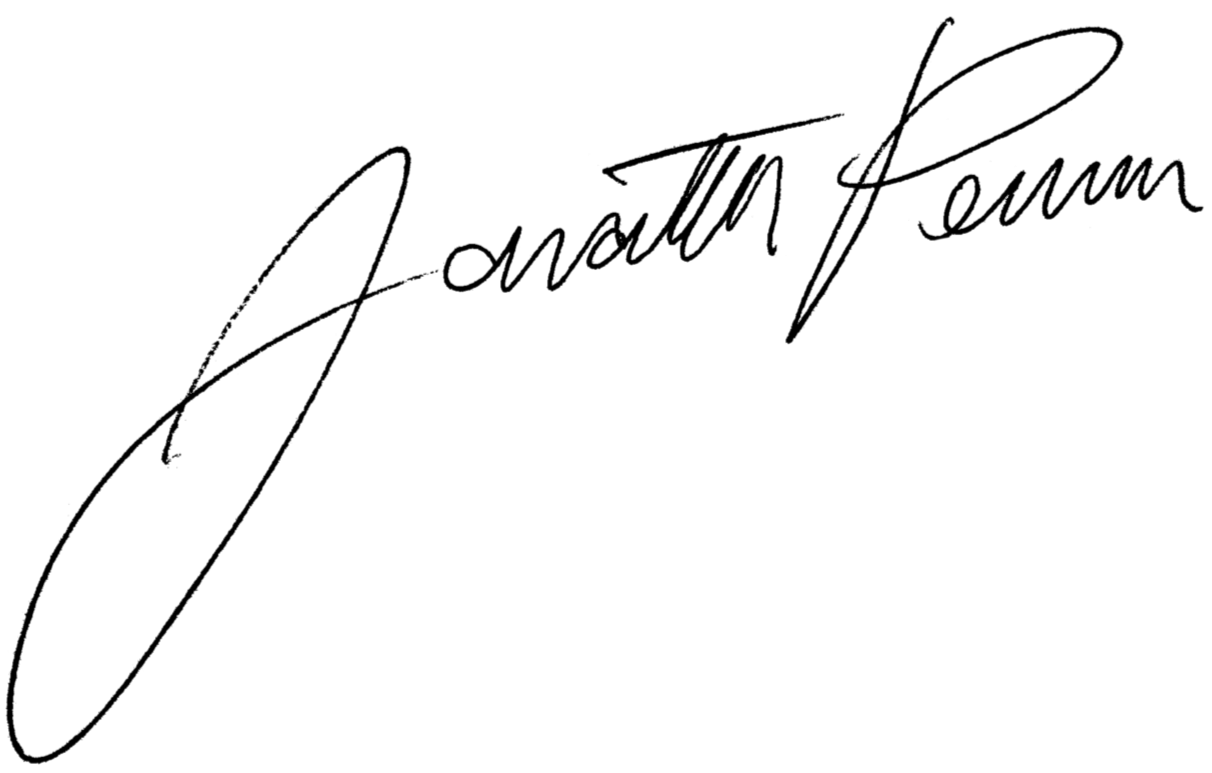
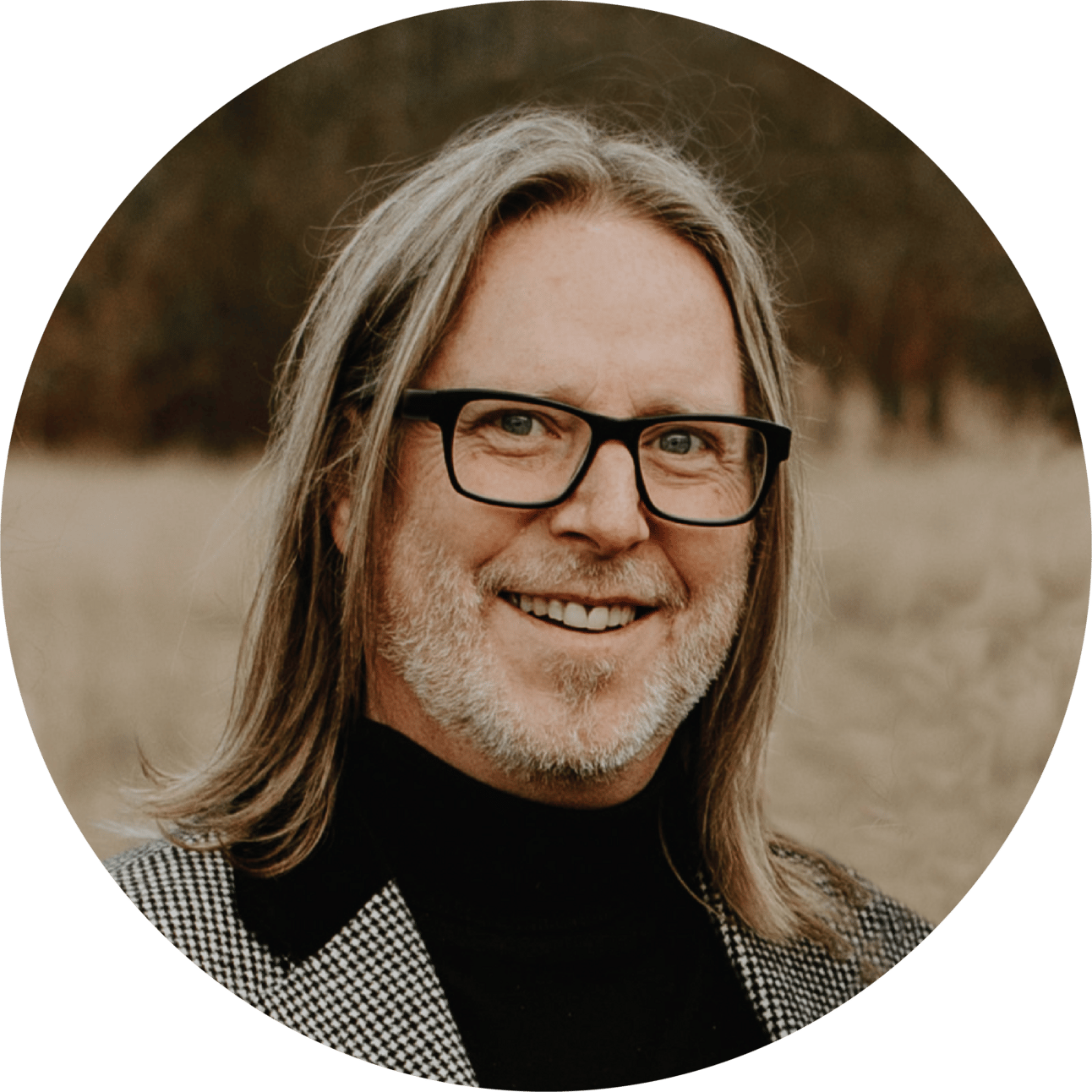
Resources To Dig Deeper
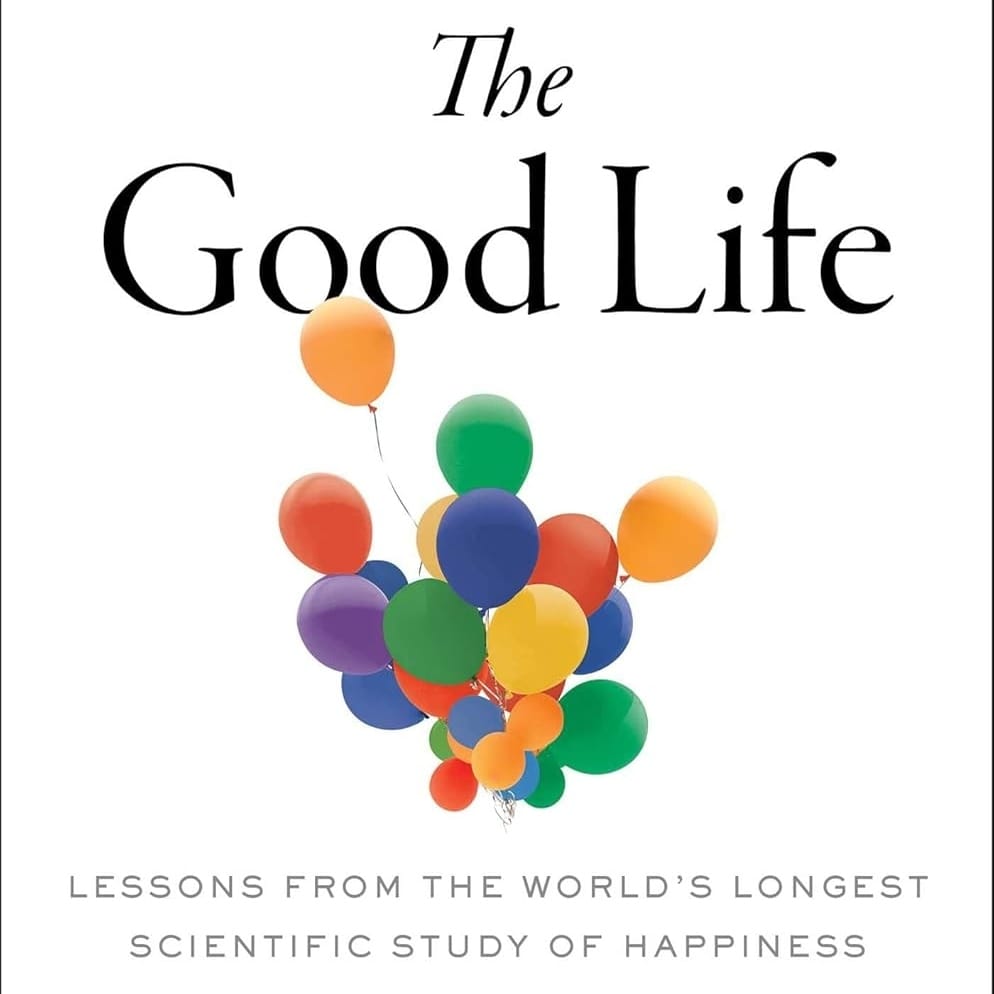
Book
The Good Life
The Good Life distills over 80 years of research from the Harvard Study of Adult Development into one powerful truth: relationships are the key to a fulfilling life. Through real-life stories and compelling science, Dr. Robert Waldinger and Dr. Marc Schulz show that strong human connection not only boosts happiness, but also improves physical and mental health.
-Robert Waldinger M.D., Marc Schulz Ph.D
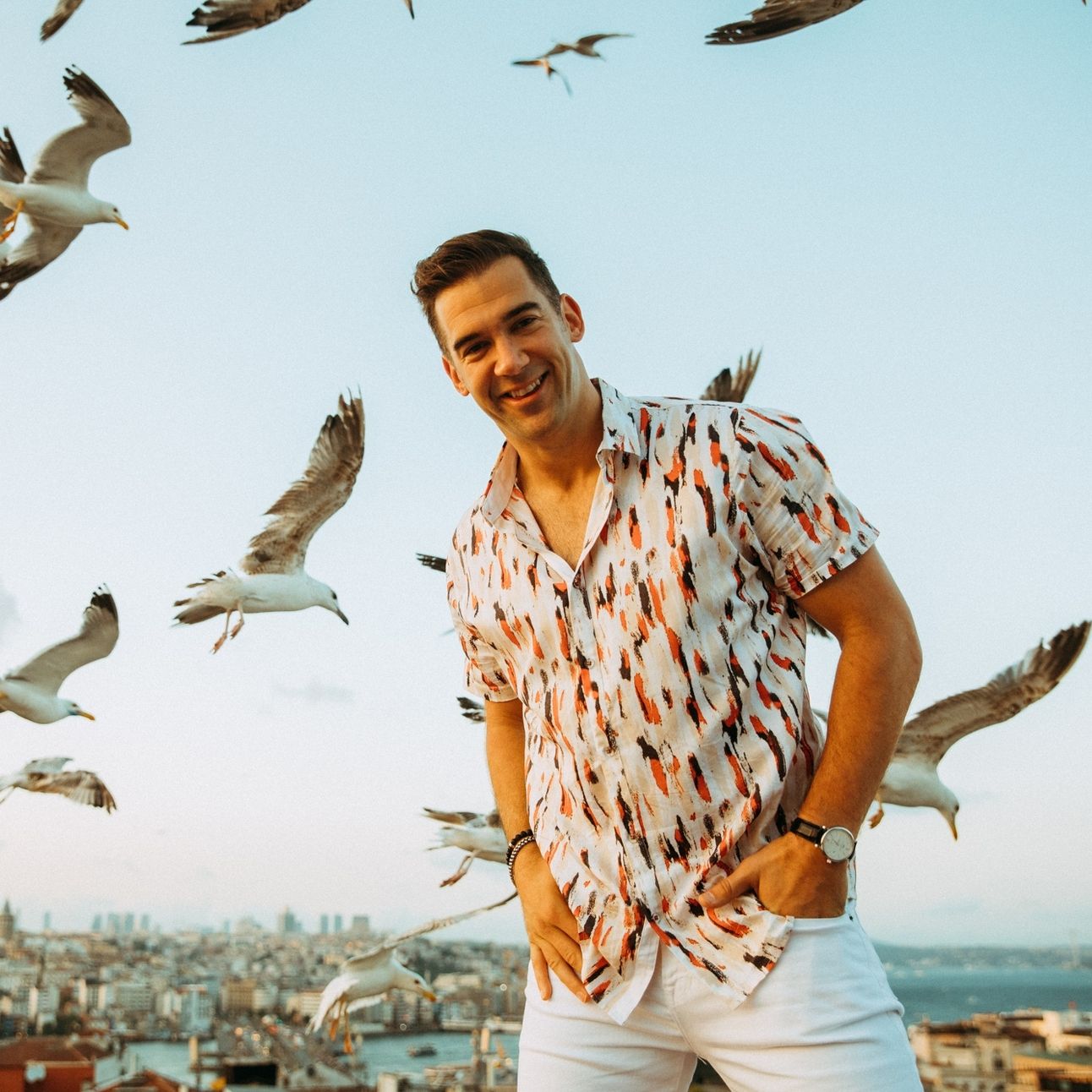
Podcast
Embracing Vulnerability
Lewis Howes shares how his journey of healing childhood wounds—especially around self-worth and shame—became the key to finally receiving love. He reflects on how external success couldn't fill the internal void, and how opening up about his past, including childhood abuse, allowed his nervous system to relax and his heart to begin trusting love again. This conversation is a raw and hopeful reminder that the ability to be loved often begins with the courage to be seen.
-Lewis Howes with Jimmy Rex
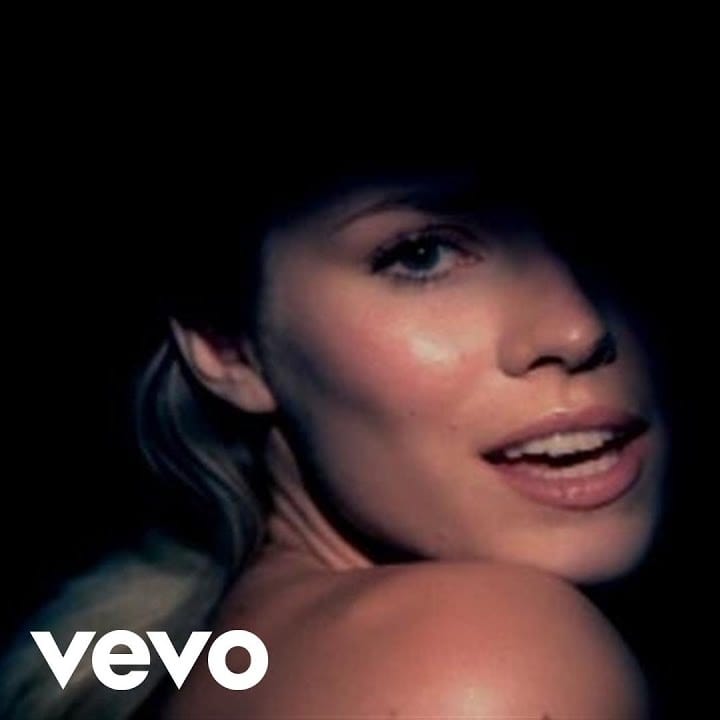
Music
I Bruise Easily
In “I Bruise Easily,” Natasha Bedingfield gives voice to the raw, unguarded courage it takes to let love in. Her lyrics trace the invisible map of past wounds—the places where tenderness once left a mark—and the quiet hope of learning to trust again. Like the song, this week’s reflection is about falling without a safety net, letting someone close enough to leave fingerprints on your heart, and discovering that being moved deeply is not weakness—it’s the doorway to love.
-Natasha Bedingfield
Learn More About
Upcoming 3 Day Retreats
August 7-10
Talking Rock, GA USA
October 16-19
Talking Rock, GA USA
November 13-16
Hope, BC Canada

